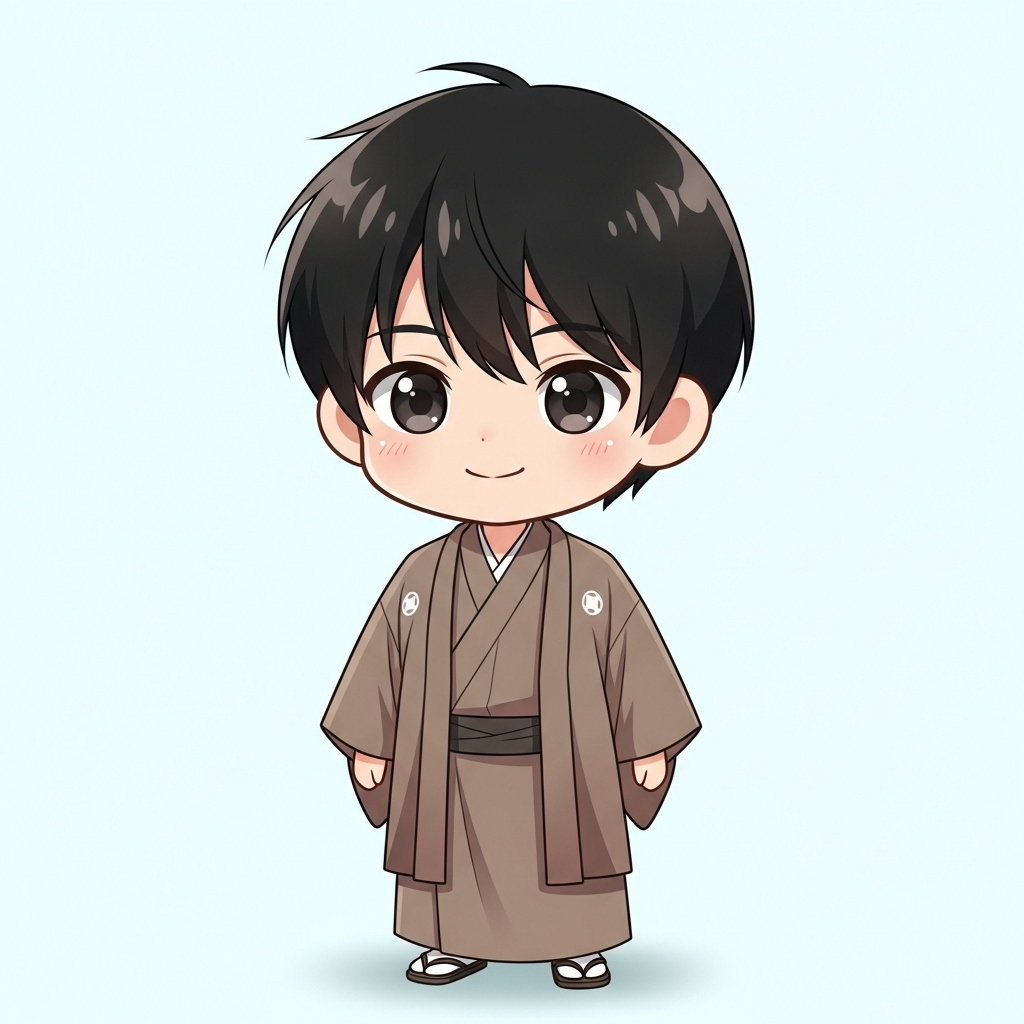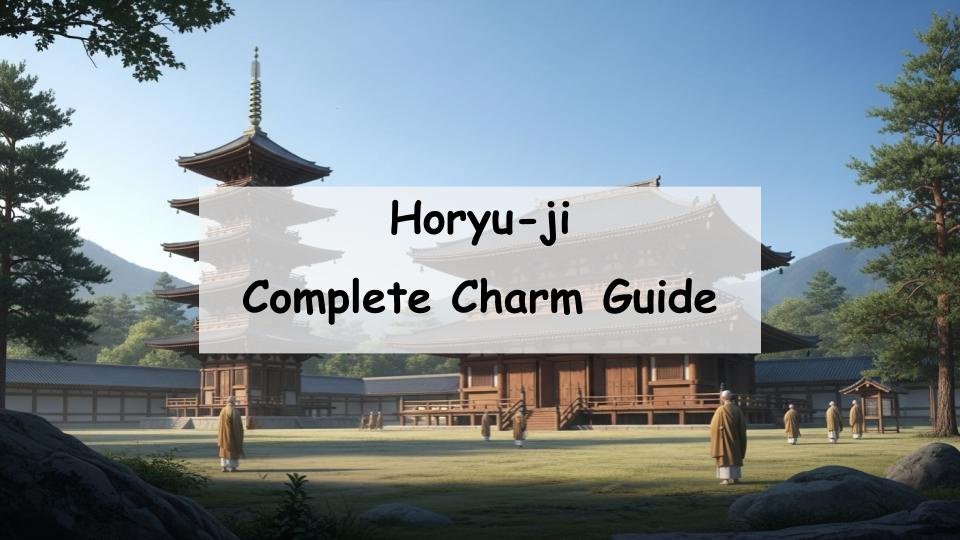Are you wondering, “What’s so special about Horyu-ji Temple?” or “What are the must-see spots and how do I get there?” The short answer is: Horyu-ji Temple is home to the world’s oldest surviving wooden buildings, making it a place where you can truly feel the depth of Japan’s cultural and historical heritage.
In this article, we’ll guide you through the historical significance, architectural features, must-see highlights, and access tips for first-time visitors. Dive into the full story and discover why Horyu-ji is a national treasure worth exploring.
- What is Horyu-ji Temple? History and Overview
- Highlights and Attractions of Horyu-ji
- Architectural Beauty and Unique Features of Horyu-ji
- How to Access Horyu-ji Temple
- Useful Tips for Visiting Horyu-ji
- Fun Facts and Extra Insights About Horyu-ji
- Conclusion: Experience Japan’s Cultural Legacy at Horyu-ji Temple
- A Message from the Guide
What is Horyu-ji Temple? History and Overview
Overview of Horyu-ji
Located in Ikaruga Town, Nara Prefecture, Horyu-ji Temple is one of Japan’s oldest and most revered Buddhist temples. It was originally constructed in 607 AD under the patronage of Prince Shotoku and Empress Suiko. The temple grounds are home to numerous national treasures and important cultural properties, making it a true open-air museum of Japanese history.
Recognized as the World’s Oldest Wooden Structures
Horyu-ji is renowned for housing the world’s oldest wooden buildings still in existence, particularly the Western Precinct’s pagoda and main hall, which date back to the 7th century. In 1993, it was designated as a UNESCO World Cultural Heritage Site, acknowledged globally for its architectural and historical value.
The Connection with Prince Shotoku
Prince Shotoku, a key figure in early Japanese Buddhism, is deeply linked with Horyu-ji. The temple was built to embody and promote his vision of Buddhism in Japan. His legacy is still palpable through the temple’s layout, structures, and spiritual significance, especially in buildings like the octagonal Yumedono (Hall of Dreams).
Highlights and Attractions of Horyu-ji
The Main Hall (Kondo): The Oldest Wooden Structure in the World
The Kondo, or main hall, is the oldest wooden structure still standing in the world. Its graceful yet solid form exemplifies the engineering and aesthetics of the Asuka period. Inside, you’ll find revered Buddhist statues that emanate solemnity and spiritual presence.
The Five-Story Pagoda: Japan’s Oldest Tower
Rising approximately 32 meters, Horyu-ji’s five-story pagoda is the oldest of its kind in Japan. Its symmetrical design and elegant proportion represent the ideal form of Buddhist architecture. Inside, intricate clay sculptures depict scenes from the life of the Buddha, offering insight into ancient religious beliefs.
Yumedono: A Sacred Hall Linked to Prince Shotoku
Located in the Eastern Precinct, Yumedono (Hall of Dreams) is a unique octagonal structure believed to have been built after Prince Shotoku’s death. It enshrines the mysterious “Kuse Kannon” statue, said to be an image of the prince himself. The statue is rarely displayed, adding to the hall’s mystical appeal.
Priceless Buddhist Art and Treasures
Kudara Kannon (Baekje Kannon)
Standing at nearly 2 meters tall, the Kudara Kannon is a slim and elegant figure with an aura of serenity. It reflects cultural exchange between Japan and the Korean Peninsula and is considered one of the finest examples of early Japanese Buddhist sculpture.
Shaka Triad (Shaka Sanzon)
Housed in the Kondo, this trio of statues—centered on Shakyamuni Buddha—represents the pinnacle of Asuka-period artistry. The gentle smiles and stylized forms express deep spiritual calm and artistic refinement.
Tamamushi Shrine
This miniature shrine showcases exquisite craftsmanship, from pierced metalwork and lacquerware to vividly detailed paintings. Named after the iridescent “jewel beetle” wings that once decorated it, the shrine embodies the elegance of early Japanese religious art.
Architectural Beauty and Unique Features of Horyu-ji
Asuka Period Architecture Explained
The architectural style of the Asuka period is defined by simplicity, balance, and spiritual resonance. Horyu-ji’s structures display thick wooden columns, gently sloping roofs, and minimal ornamentation—all harmonizing to create a timeless aesthetic.
Unique Layout of the Temple Precincts
Horyu-ji consists of two main precincts: the Western Precinct, with the Kondo and five-story pagoda, and the Eastern Precinct, centered on Yumedono. The symmetry and placement of structures reflect not only aesthetic decisions but deep religious symbolism.
Traditional Techniques and Construction Methods
Horyu-ji showcases advanced wooden construction techniques such as interlocking joints and complex roof structures—without the use of nails. These traditional methods have helped the buildings withstand the passage of over 1,300 years.
How to Access Horyu-ji Temple
By Train or Bus
Horyu-ji is accessible via JR Yamatoji Line. From Horyu-ji Station, it’s about a 20-minute walk to the temple, or a short ride by local bus. It’s a convenient day-trip destination from Nara City or even Osaka.
By Car and Parking Info
Visitors arriving by car can use several paid parking lots near the temple grounds. Parking can become crowded during weekends and holidays, so early arrival is recommended. Enter “Horyu-ji South Gate” or “Horyu-ji Chumon” into your GPS for the most accurate directions.
Combine with Nearby Sightseeing Spots
The surrounding area, known as Ikaruga-no-sato, offers other historical sites like Chugu-ji Temple and the Fujinoki Tumulus. A walk through this quiet countryside complements a visit to Horyu-ji with deeper cultural immersion.
Useful Tips for Visiting Horyu-ji
Hours, Fees, and Suggested Visit Duration
The temple is generally open from 8:00 AM to 5:00 PM (hours may vary seasonally). The admission fee is about ¥1,500 and includes access to the Western Precinct, Eastern Precinct, and the Treasure House. Plan for at least 2–3 hours to fully enjoy the site.
How to Avoid Crowds
To avoid crowds, visit on weekdays and aim for early morning. Horyu-ji tends to be busier during cherry blossom and autumn foliage seasons, as well as during limited-time exhibitions or statue unveilings.
Local Eats and Nearby Facilities
After touring the temple, enjoy regional cuisine at nearby restaurants or cafés. The area offers traditional Japanese sweets, handmade souvenirs, and welcoming rest areas perfect for relaxing between sightseeing stops.
Fun Facts and Extra Insights About Horyu-ji
Trivia and Stories Behind Horyu-ji
One intriguing debate about Horyu-ji is whether the current buildings are the originals or later reconstructions. While some scholars once claimed the temple was rebuilt after a fire, modern research supports the view that these structures date back to the 7th century. Stories like these deepen the mystery and allure of Horyu-ji.
Why Horyu-ji is a World Heritage Site
Horyu-ji was registered as a UNESCO World Heritage Site in 1993 for its exceptional preservation of ancient wooden architecture and its role in the early development of Buddhism in Japan. It offers a rare window into the spiritual and architectural history of East Asia.
The Temple Through the Seasons
Each season transforms Horyu-ji in its own way. In spring, cherry blossoms add a soft beauty to the ancient halls; in autumn, fiery red leaves create a dramatic contrast with the wooden buildings. The changing light throughout the day also makes each visit unique.
Conclusion: Experience Japan’s Cultural Legacy at Horyu-ji Temple
Recap of Horyu-ji’s Appeal
From its status as the world’s oldest wooden structure to its deep ties with Prince Shotoku and its vast collection of Buddhist art, Horyu-ji offers an unparalleled journey into Japan’s spiritual and cultural roots. It is not just a temple but a timeless monument to harmony, craftsmanship, and devotion.
Recommended Route for First-Time Visitors
First-time visitors should start with the Western Precinct, exploring the Kondo, five-story pagoda, and the Treasure House. Then move to the Eastern Precinct and Yumedono. If time allows, take a peaceful walk through the surrounding Ikaruga countryside and enjoy some local delicacies to complete your experience.
A Message from the Guide

It’s a popular temple even for school trips. With so many highlights to see, it took us two and a half hours to explore.











Comment